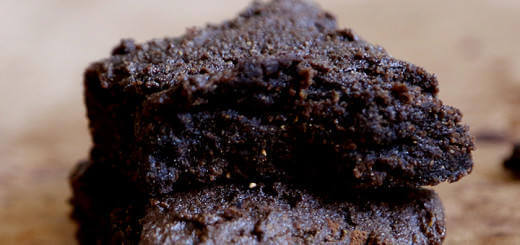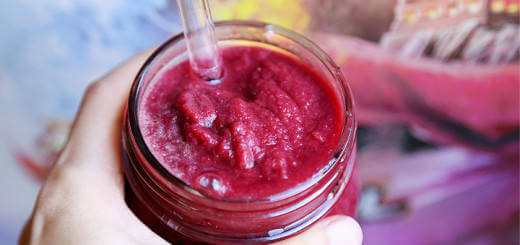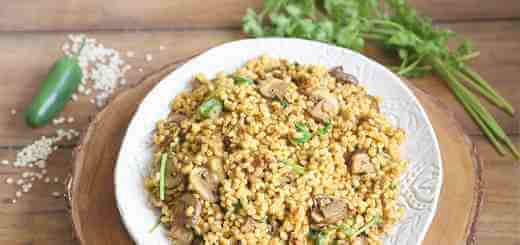10 Common Ingredients I Use in my Kitchen
If you follow my recipes, you may be confused with some of the items I use. Here’s an article explaining what it is and where you can get it, hope it helps you!
Baby Bok Choy
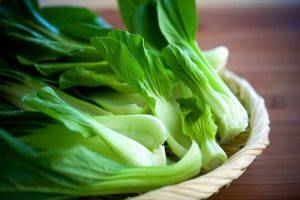
Baby bok choy is amazing and unfortunately, not a lot of western dishes seem to use that. Bok choy goes so well with almost anything and really enhances that beautiful green colour. The important thing to remember about cooking bok choy is you should always separate the stems with the leaves because stems take much longer to cook while leaves will turn yellow if you leave it in too long. If boiling a soup, always put leaves last and make sure there’s oil in the soup. Also, a little bit of corn starch really brings out the softness of bok choys. Once again, you can find this in Asian Grocery stores.
Dried Shiitake Mushrooms
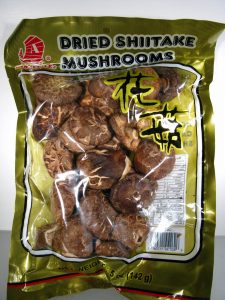
They’re shiitake mushroom dried, and you usually have to soak them overnight in water. An important thing you must remember to do is to throw out the yellowy water that you’ve left the mushrooms in. I remember reading an article saying they put some kind of chemical in the shiitake mushrooms and it’s important to thoroughly wash it out. You can find shiitake mushrooms in any Asian Grocery Store, but be careful – there are two types that are often labelled the same. One is slightly blacker and thinner, which is what I use most. The other one has flowery patterns and may be harder.
Spices
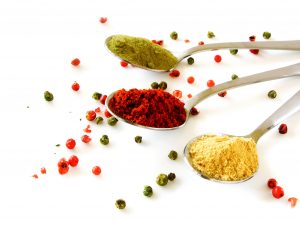
Spices are my best friends and I use them all the time! The ones I particularly love using are: Garlic powder, onion flakes, smoked paprika, turmeric, ginger powder, curry powder and oregano. I really find that spices enhance the flavours even more, particularly in stir-fry dishes and soups. I recommend using garlic powder, onion flakes and smoked paprika for almost every dish you make!
Superior Pickle Sauce
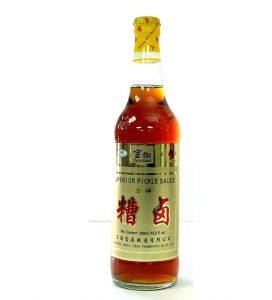
They’re in a bottle which looks like a wine bottle and can be found in Asian Grocery Stores. Pickle Sauce is like a combination of cooking wine, spices and salt, and when you mix it in food, it tastes particularly awesome. However, the traditional way to use it is to pickle meat but because I cook mostly with vegetables, I tried it there and it was just as good! Pickle sauce is almost red in colour and once you open it, you need to put it in the fridge to preserve it.
Sea Salt

Salt may be a common ingredient in the shops but I noticed that many dishes lack it, which causes the food to taste a little bland. I feel that even though too much salt is bad for many medical conditions, it’s still more important to add a bit to give vegetables flavour so that people enjoy it, rather than not use any. If people can enjoy vegetables more, they may be more willing to give up some meat or junk food for replacement, and I believe salt is the key! That doesn’t mean you sprinkle it on the food after it’s cooked, it’s important to put it in during the cooking process. Go for the sea salt as they have known to be healthier.
Soy Sauce

Soy sauce is another one of my crucial ingredient that I for almost all of my cooking. It does the same thing as salt, enhance the flavours by a great deal! I recommend getting the less sodium version. Soy sauce can also be great for soups. Simply add a bit of soy sauce and sesame oil, and you can taste the divinity!
Chinese Five Spice Powder
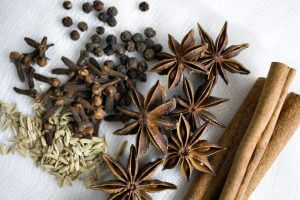
Chinese Five Spice Powder is a deliciously sweet powder made up of five different spices, including Sichuan peppercorns, cloves, star anise, cinnamon and fennel. The first time I used it was with carrots and they simply turned out amazing. You can use them in many baked foods, soups and desserts too.
Extra Virgin Olive Oil
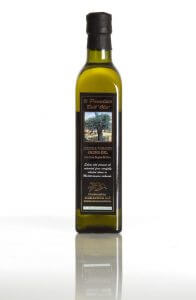
I just love those glowing, beautiful olive oil imported from Italy (because their bottles just seem to be extra beautiful). I heard that olive oil is at its best when it’s in a dark bottle as all the antioxidants are preserved. I always get extra virgin olive oil. Something I tend to do is never let the olive oil become sizzling hot in the pan. I always add the vegetables with oil straight away and let it heat up slowly rather than wait for the oil to become hot and throwing the vegetables in. I also remember reading that 2 tablespoons of olive oil each day can lower heart attack risks. It’s definitely much better to have olive oil raw, so try dipping your favourite breads with some olive oil and peppercorns.
Miso Paste

I often love using miso as a salt replacement. Miso is mostly fermented soybeans and has been linked to longer lifespan in Japan as it’s a miso soup is a commonly eaten dish. However, you can make miso any way you like. I particularly love using miso with cauliflower and broccoli, it just seems to bring out that extra flavour of the vegetables. It’s also great for porridge and soups.
Shallots (Scallions)
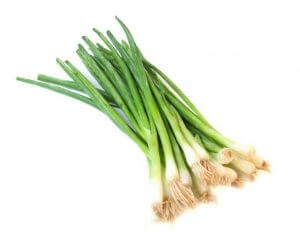
You know what’s really frustrating? In Australia, these green things are called Shallots but they’re known as scallions in the US. I kind of wish there was one universal name for it, because I’m so used to using shallots that it probably confuses a lot of people. Shallots and Scallions are an absolute must. They are usually used as a flavour enhancer and placed in the pan with garlic. For soups, you usually put the shallot last but with stir-fry dishes, you can put it first.


